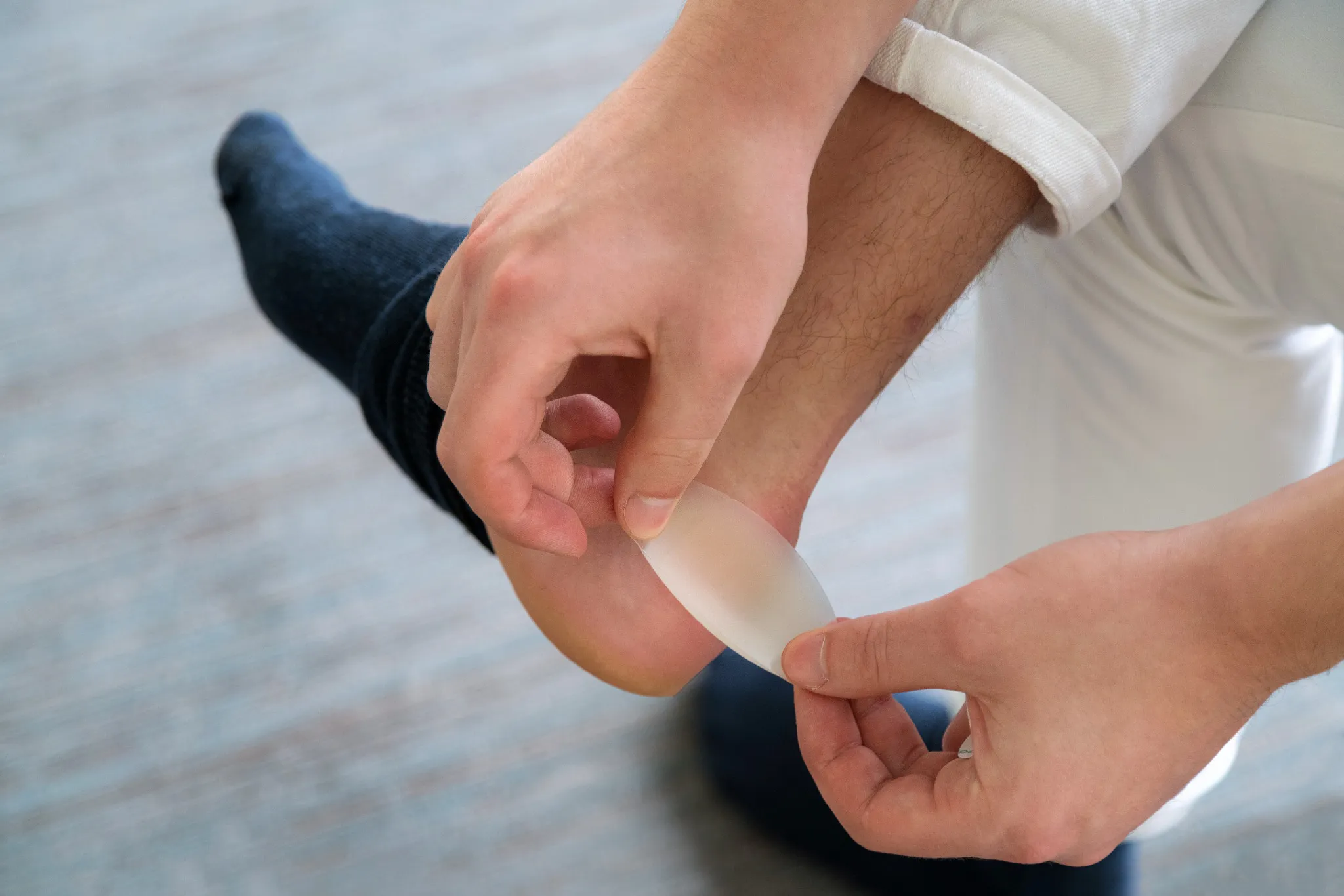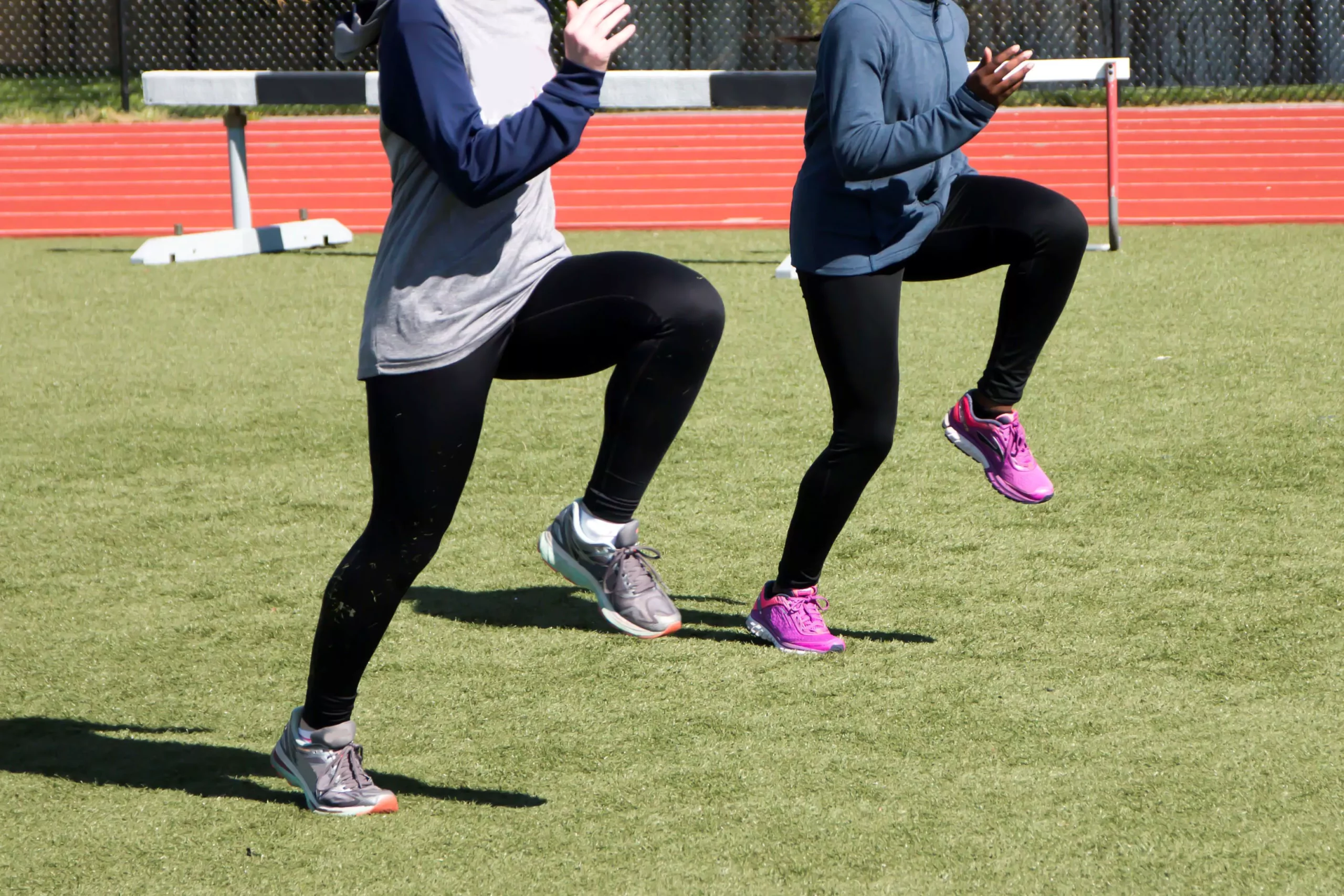Blisters are a runner’s worst enemy. The pain and discomfort they bring can significantly hinder your performance and enjoyment. While there are many causes of blisters, a surprising contributor is often overlooked – cotton socks. It’s time to learn why these everyday socks are bad news for your feet and discover the simple changes you can make to keep your runs blister-free.
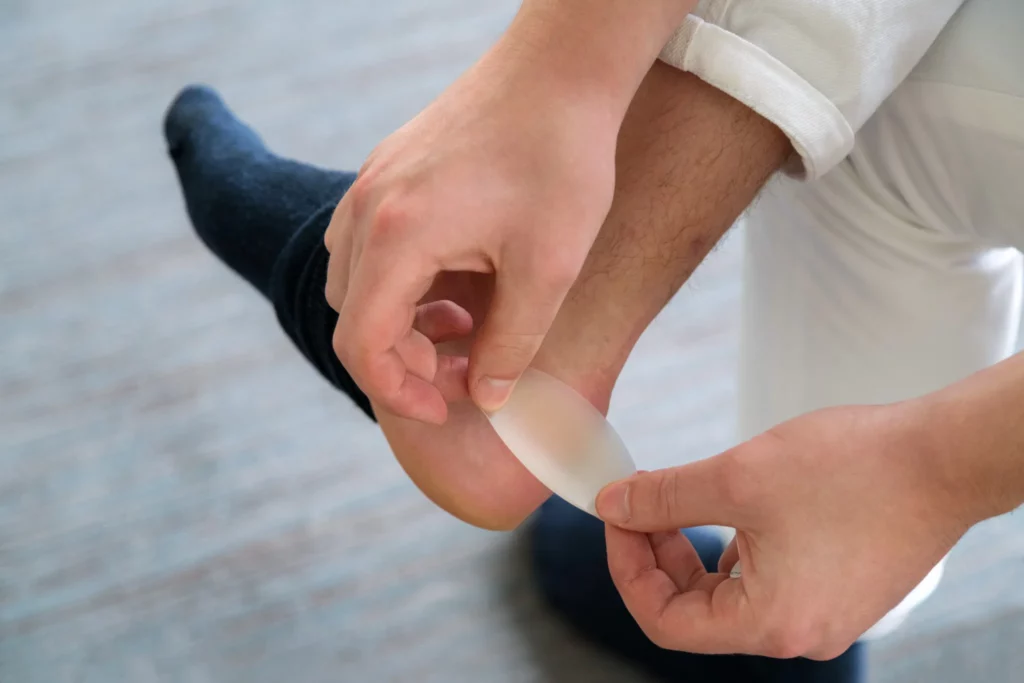
The Problem with Cotton
It might seem counterintuitive. Cotton is soft, familiar, and readily available. However, when it comes to running, cotton is far from ideal. Here’s why:
Moisture Magnet: Unlike technical fabrics designed for athletic use, cotton acts like a sponge. It absorbs sweat and any external moisture (think rain or puddles) and holds it directly against your skin. This creates a damp, humid environment within your shoe.
Friction’s Best Friend: Wet cotton loses its softness. The fibers become rougher and cling to your skin. As your foot moves inside your shoe, this constant rubbing significantly increases friction.
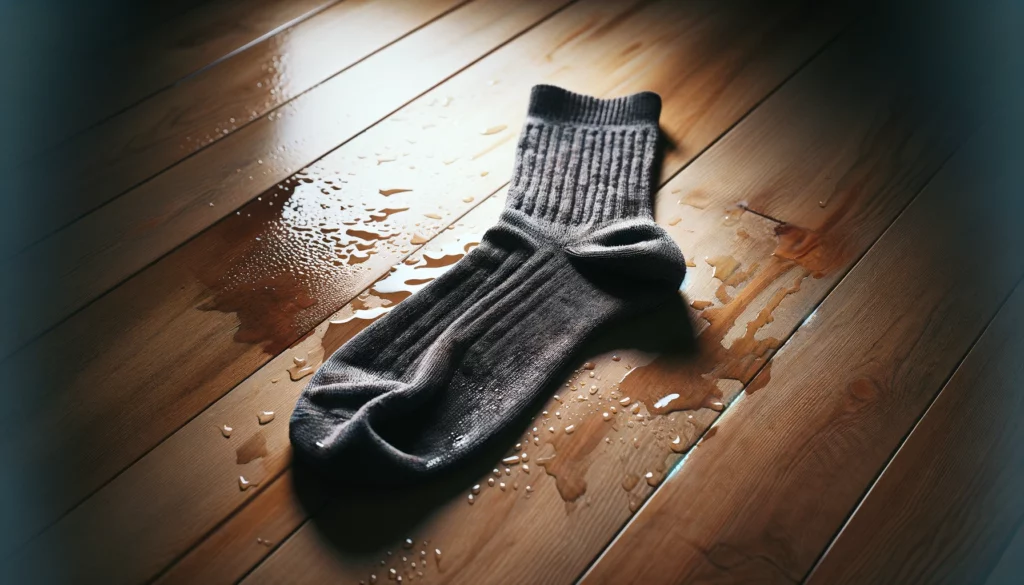
The Science of Blister Formation
Understanding how blisters form sheds light on why damp cotton socks are such a problem.
Layers of Skin: Your skin is composed of several layers. The outermost layer, important in blister formation, is the epidermis. Within the epidermis, the deeper layers act as an anchor to the tissue below.
Friction’s Force: When excessive friction occurs, such as from continuous rubbing of damp socks, the outer layers of the epidermis begin to separate from the lower layers.
Pocket of Protection: This separation creates a space that quickly fills with a clear fluid called serum. This blister acts as a cushion, protecting the vulnerable lower skin layers and allowing healing to begin.
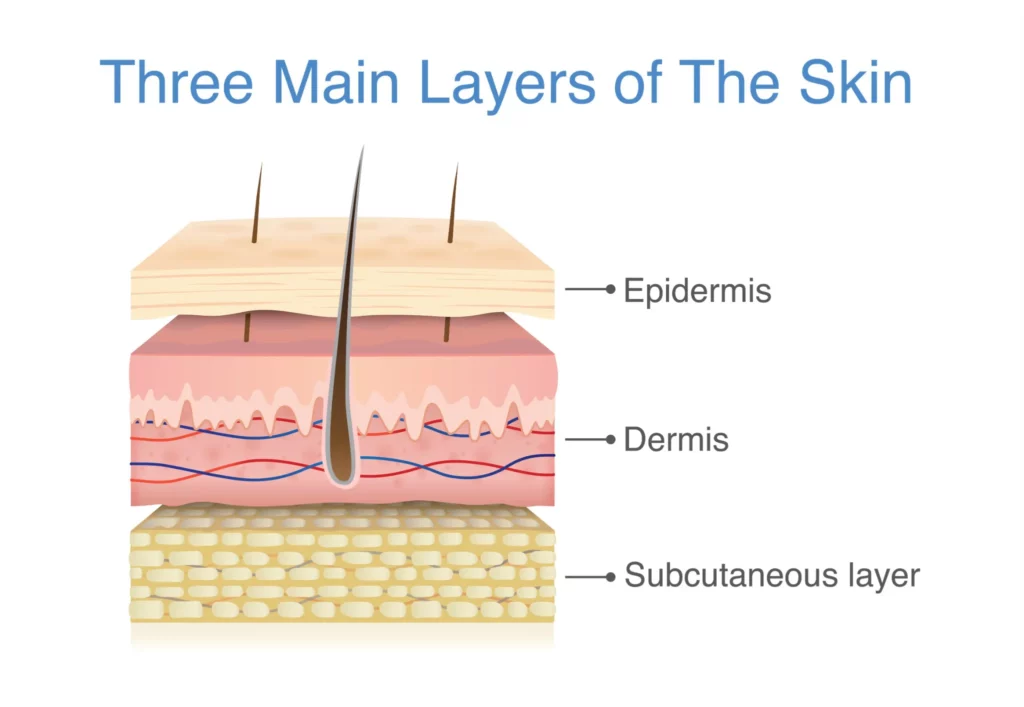
Runners’ Solutions: Beyond Cotton
The good news is, preventing blisters doesn’t require complex strategies. A few key changes can make a world of difference:
The Power of Technical Socks: The first step is ditching cotton. Invest in socks made of moisture-wicking materials like:
- Synthetics: Polyester, nylon, and other synthetic blends efficiently pull sweat away from your skin, keeping your feet drier.
- Wool: Merino wool, in particular, provides excellent moisture management and natural odor resistance.
- Synthetics: Polyester, nylon, and other synthetic blends efficiently pull sweat away from your skin, keeping your feet drier.
The Perfect Fit: Your shoes matter too! Shoes that are too loose or too tight create friction points. Ensure a proper, snug fit (without being constrictive) to reduce unnecessary movement within the shoe.
Preventative Lubrication: Products like Vaseline, Body Glide, or specialized blister prevention balms create a smooth barrier between your skin and sock. Apply these to blister-prone areas for an extra layer of defense.
Additional Tips for Blister-Free Running
Beyond your sock and shoe game, these proactive habits can further safeguard your feet:
Break-in Gently: Gradually introduce new running shoes with shorter runs. This allows your feet and the shoes to mold to each other, reducing the chance of early blisters.
Don’t Ignore Hotspots: That subtle tingle or burning sensation? That’s a hotspot, the precursor to a blister. Stop and address it immediately with tape, moleskin, or extra lubricant.
When to Seek Help: Most blisters heal on their own. However, if a blister is extremely large, painful, or shows signs of infection (redness, swelling, pus), consider seeing a doctor or podiatrist for treatment.
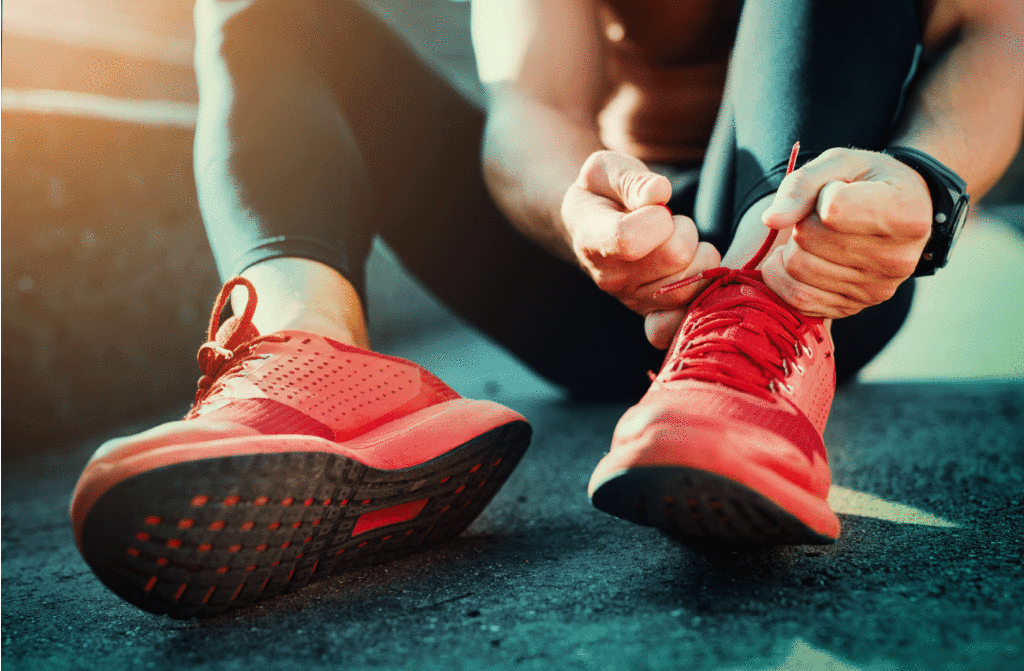
By now, those comfy cotton socks might be looking less appealing. The truth is, they can sabotage your runs and bring unwanted pain. Remember:
- Cotton traps moisture, creating a breeding ground for blisters.
- Excessive friction leads to skin separation and fluid-filled pockets.
- Runners have simple solutions within reach – from moisture-wicking socks to proper shoes and preventative care.
With small changes, you can significantly reduce your blister woes. Enjoy the freedom of pain-free training and leave those cotton socks in the drawer where they belong!
